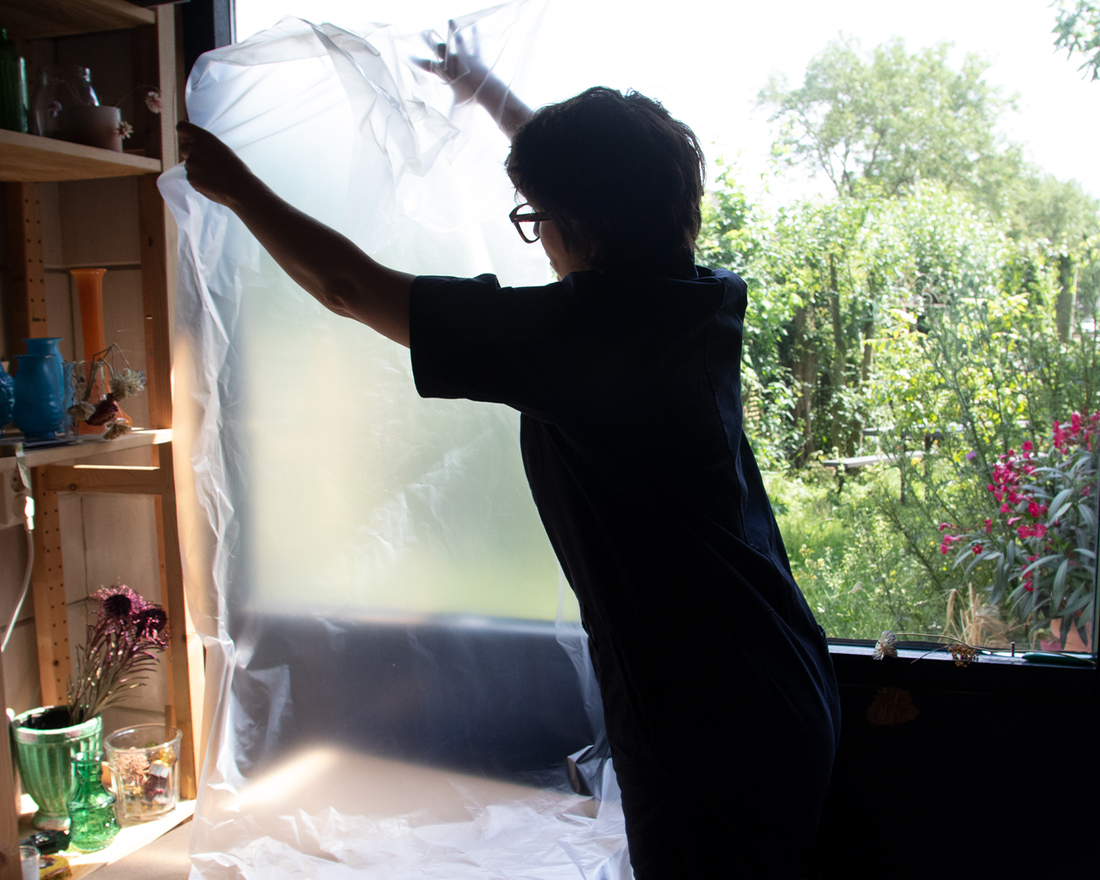CAROLE REY

"Light is the one thing I cannot control and it feels like a companion who comes to visit, and each time we have a different conversation"
—
Carole Rey is a French photographer who lives and works in the Netherlands. Her photos have been published in Under the Gum Tree, an American Library Arts Magazine, and in her book Metamorphosis.
What drew you to photography?
Photography has always been part of my life. My father is a keen amateur photographer and I grew up with images of Robert Doisneau and Steve McCurry on the walls of my bedroom. As a passionate young ballerina, one of my favorite books was a book dedicated to ballet photography. Staring at it for countless hours, it felt like I could see the dancers move, hear their breath, and the sounds of their pointe on the floor. I began to photograph on a daily basis eleven years ago when I suffered from a severe burnout. I went from being extremely busy in my professional and personal life, sleeping an average of 4 hours a night, to not being able to read a book, concentrate, or express myself without stuttering. To photograph was the only thing that did not consume my energy but gave me a way to express myself without words. All of a sudden, I could see and create a world of my own, a world of beauty with flowers at the center of it.
How would you describe your work to someone who hasn’t seen it?
Delicate, soft, and elegant.
How did you become interested in ikebana?
My interest in Zen philosophy has lead me to ikebana and in particular the way Sofu Teshigahara describes it in the Book of Flowers: “Set things you cannot see. There are many things in your heart that are invisible. Flowers are concrete but ikebana is abstract”. Ikebana is not about making a pretty arrangement like you may see in a Biedermeier bouquet for example. It is about a spiritual journey where harmony, peace, and beauty come together. When I create a still life and photograph it, those elements are completely part of the process and I hope that the viewer sees it that way.
The use of natural light is an important component of your work. As this narrows the timeframe in which you can work, how do you plan your photo shoots?
Elements such as inner turmoil in my life, or the sight of a fading flower, brings out this desire to grab my camera and start shooting. I always have a preconceived notion in mind of what I want to share in an image. Working in a very intuitive way, dependent on the amount of light coming into my atelier, and the presence or absence of sunlight certainly has an impact on how a shoot evolves. I prefer to be in control of what I am doing and the still life scene is the result of experimenting with getting the right angle, depth of field, and trying to decide if it should be a close-up or not and which objects and flowers to include. I shoot many images until I feel I’ve accomplished what I set out to do. Light is the one thing I cannot control and it feels like a companion who comes to visit, and each time we have a different conversation.
In some of your images you arrange common household items to create unexpected relationships between the objects. What do these compositions stand for?
I believe that you can accomplish a lot with very little. I tend to re-purpose items I buy for my household and this may include the paper my flowers were wrapped in, a spoiled potato, or my children’s lunch boxes. I try to see beauty in all things and combine them to see how one object can work with another, changing its context. What fascinates me about flowers is their shape, lines, texture and color palette. Those are the things I see first, before anything else. Since I was a child, I never wanted to just fit in and to this day dislike when people try to limit me and make me fit in a box. In photography the possibilities are endless and the only limitations are the ones you give yourself. Ultimately, my photographs invite the viewer to explore and investigate and remind yourself how beauty can be found in unexpected ways.



